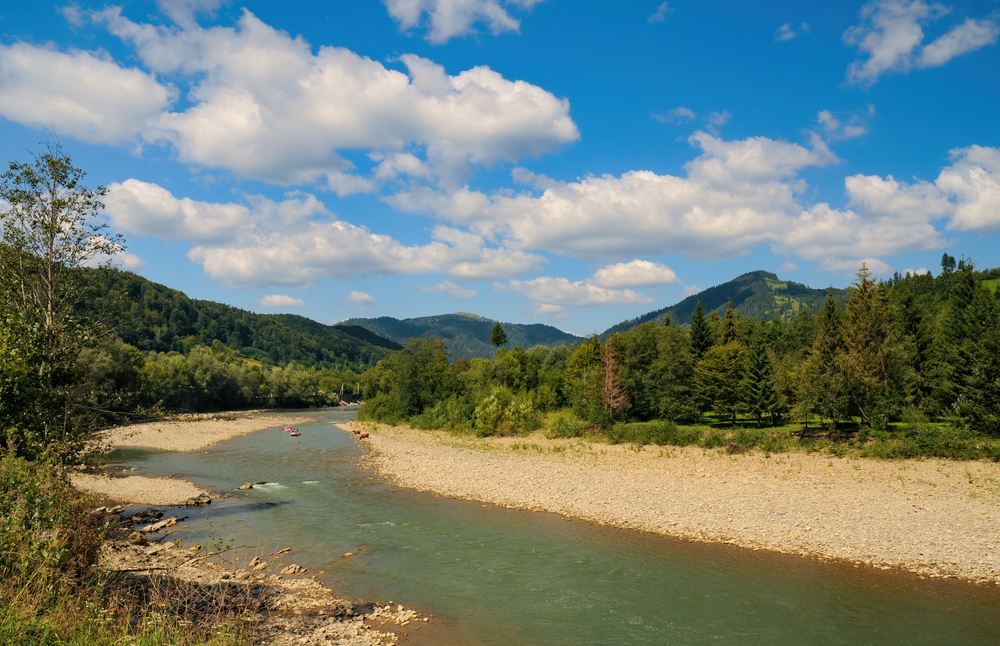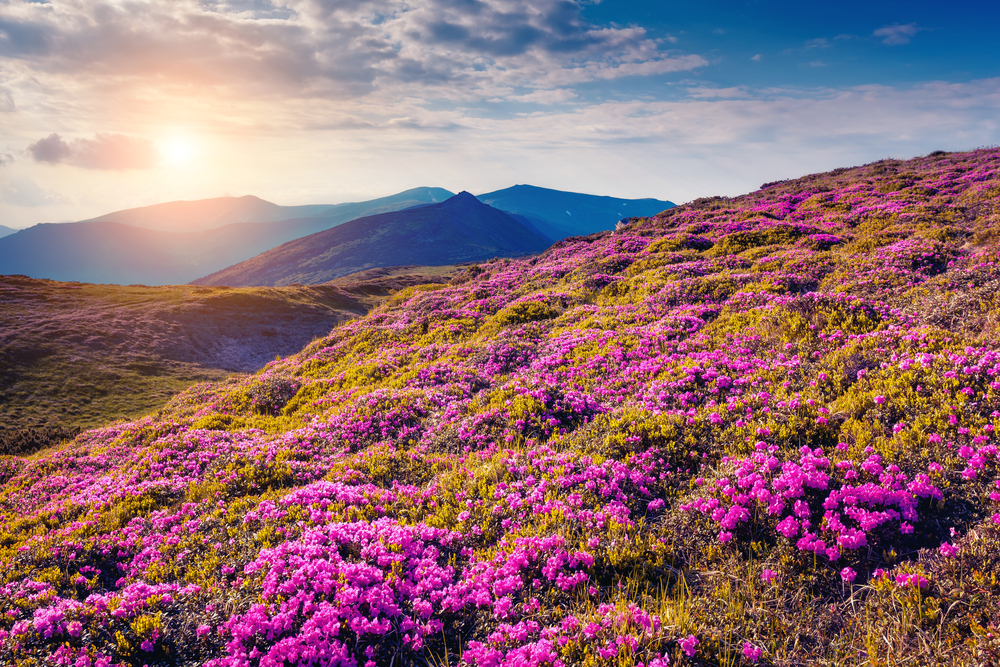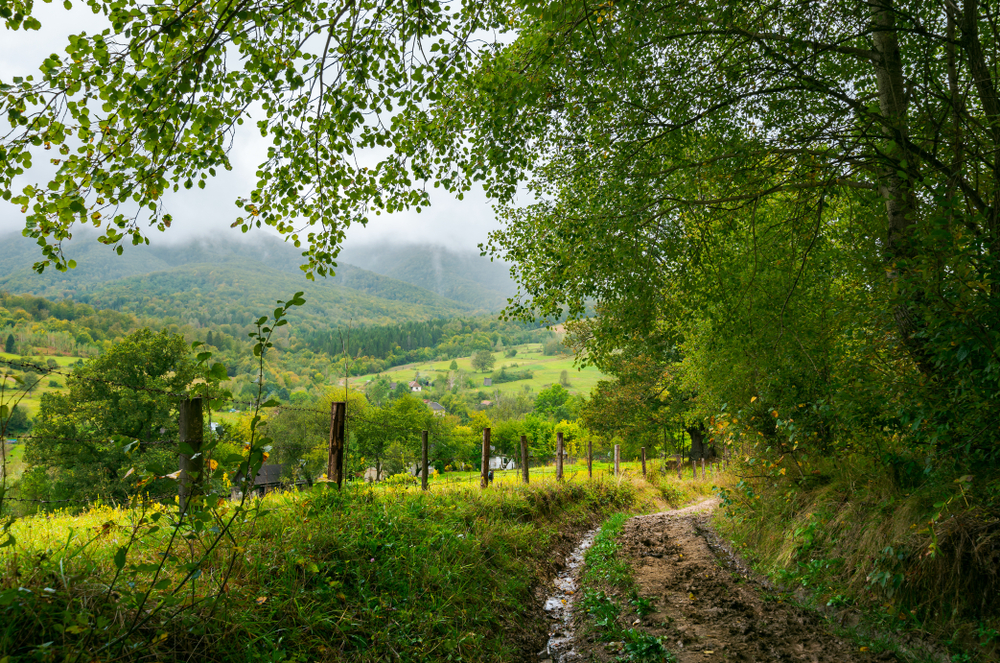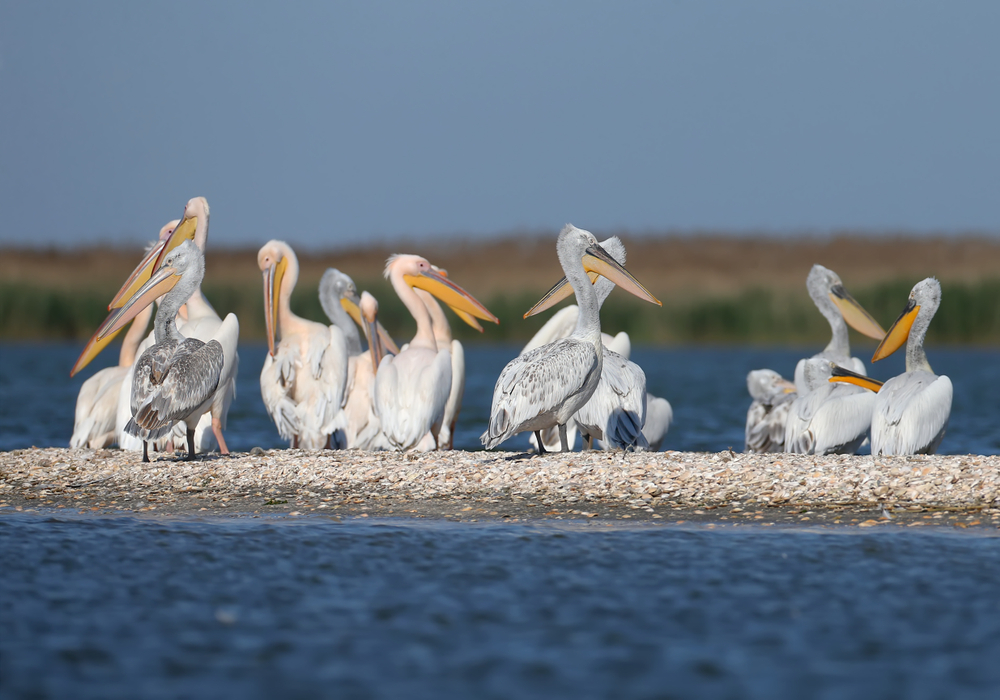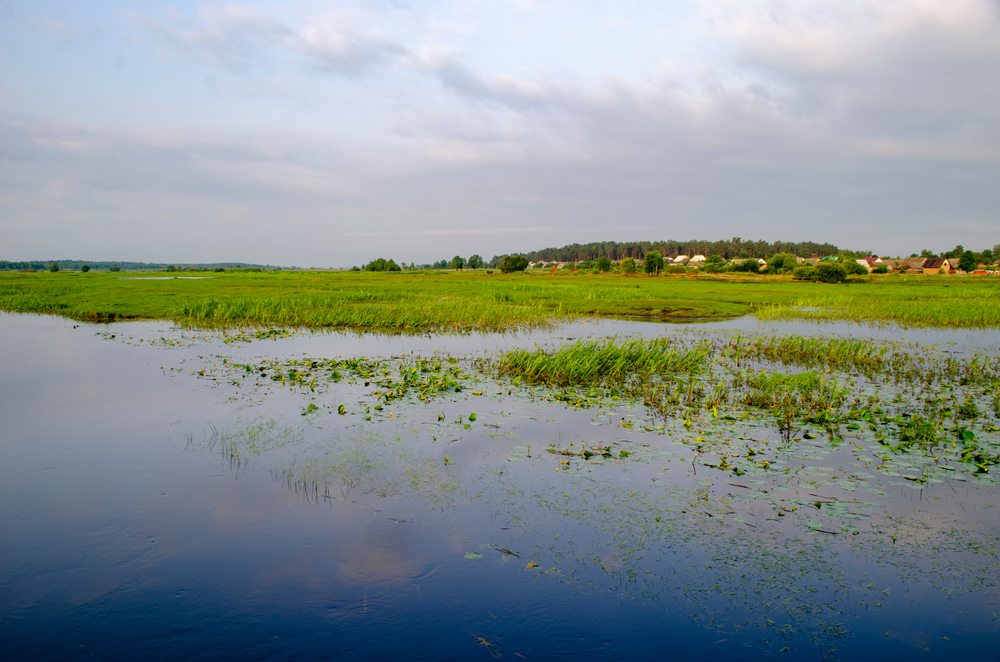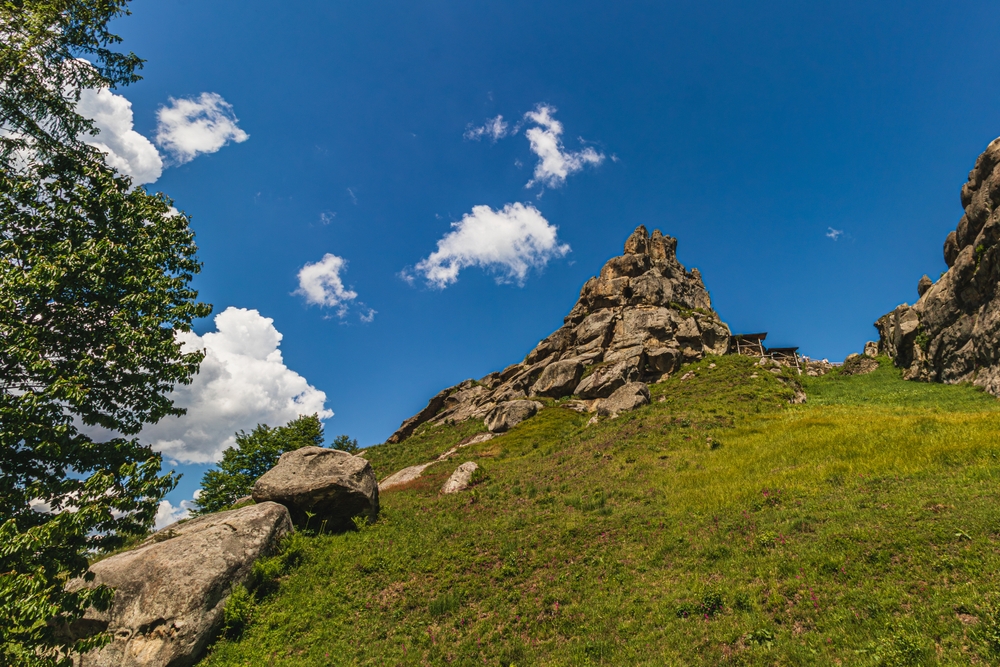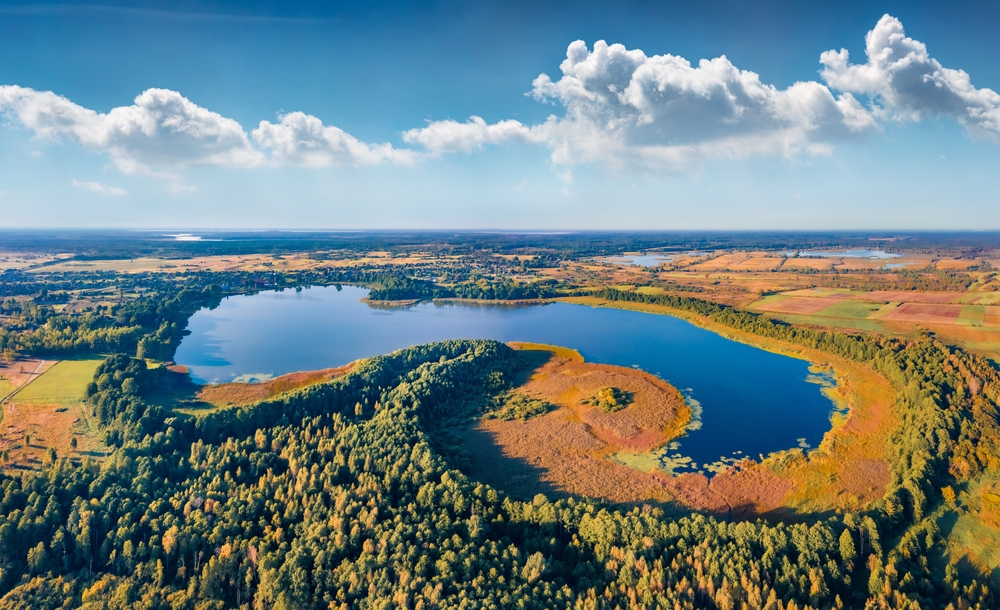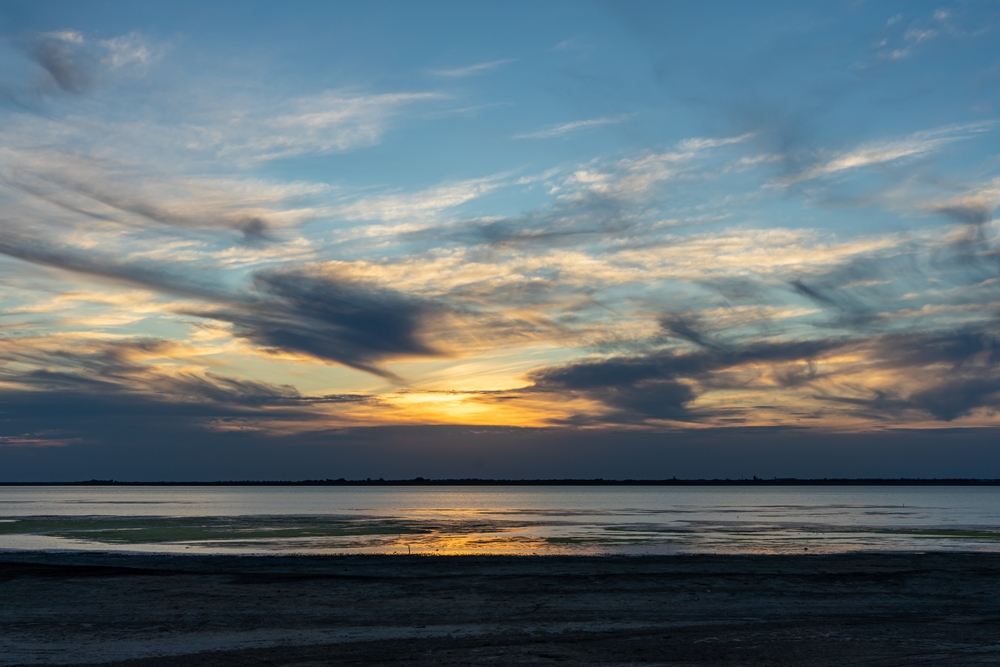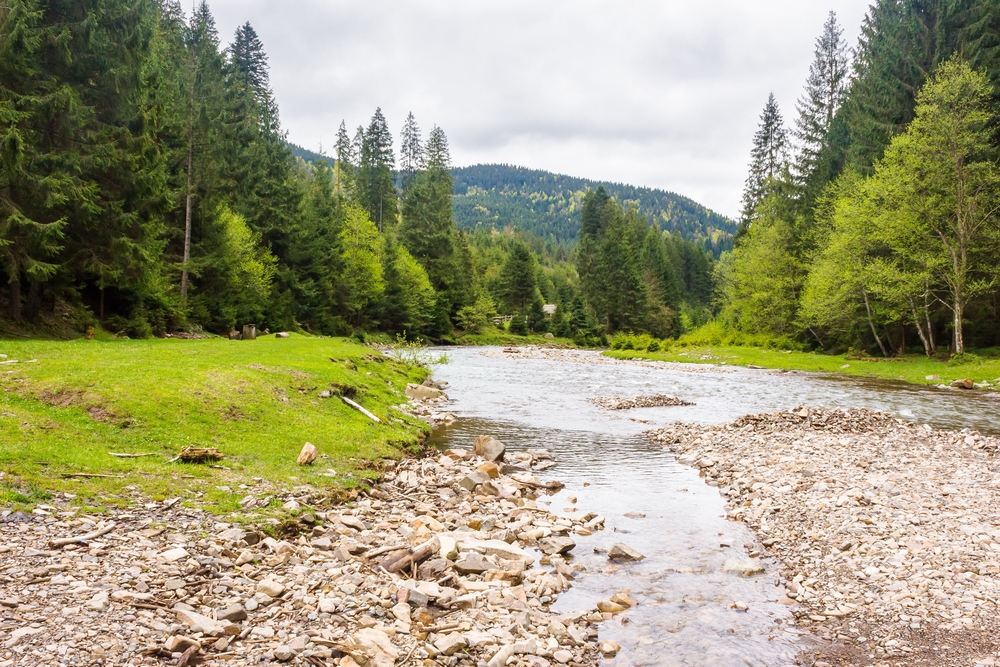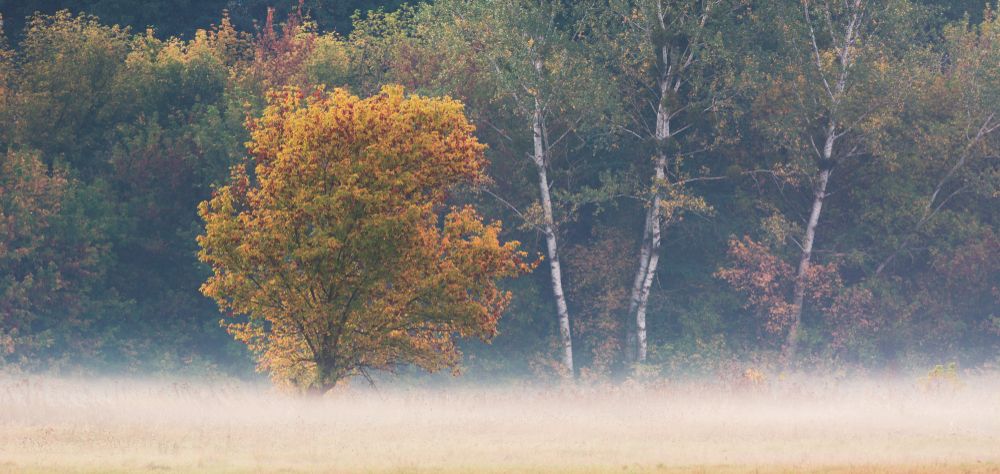Vyzhnytsia Overview
Vyzhnytsia National Park, located in western Ukraine, spans approximately 31.2 square miles (80.9 square kilometers) within the picturesque Carpathian Mountains.
Known locally as Вижницький національний природний парк, the park offers a stunning natural landscape that includes rolling hills, deep valleys, and lush forests filled with beech, spruce, and fir trees.
The Cheremosh River winds through the park, creating scenic gorges and waterfalls, including the impressive Bukovynian Waterfalls. The park’s terrain features steep cliffs, karst formations, and caves, making it an excellent destination for nature enthusiasts.
The park is home to a diverse range of wildlife, with large mammals such as brown bears, lynxes, and red deer roaming through the dense forests. Wolves can also be found in the park, contributing to the rich biodiversity.
Birdwatchers may spot species like the black stork, Ural owl, and golden eagle soaring above the treetops. The presence of rare and endangered species highlights the park’s importance as a protected natural area.
Visitors to Vyzhnytsia National Park often come to enjoy its scenic hiking trails, which lead to panoramic viewpoints overlooking the Carpathians. The Prutets-Chemihivskyi River area offers a tranquil setting for fishing and kayaking, while mountain biking is another popular activity along the forest paths.
During the winter months, the snow-covered landscape attracts cross-country skiers seeking a serene outdoor experience. Cultural heritage is also an attraction within the park, with traditional wooden churches and local villages offering insight into the region’s history and customs.
One of the biggest conservation challenges faced by the park is deforestation, as illegal logging threatens the habitat of its diverse wildlife. However, conservation efforts have been implemented to protect the forests and restore degraded areas.
Ecotourism initiatives aim to balance visitor impact with environmental sustainability, ensuring that the park remains a sanctuary for wildlife and a place of natural beauty for future generations. Management strategies focus on promoting responsible tourism while maintaining the integrity of the park’s ecosystems.








































































